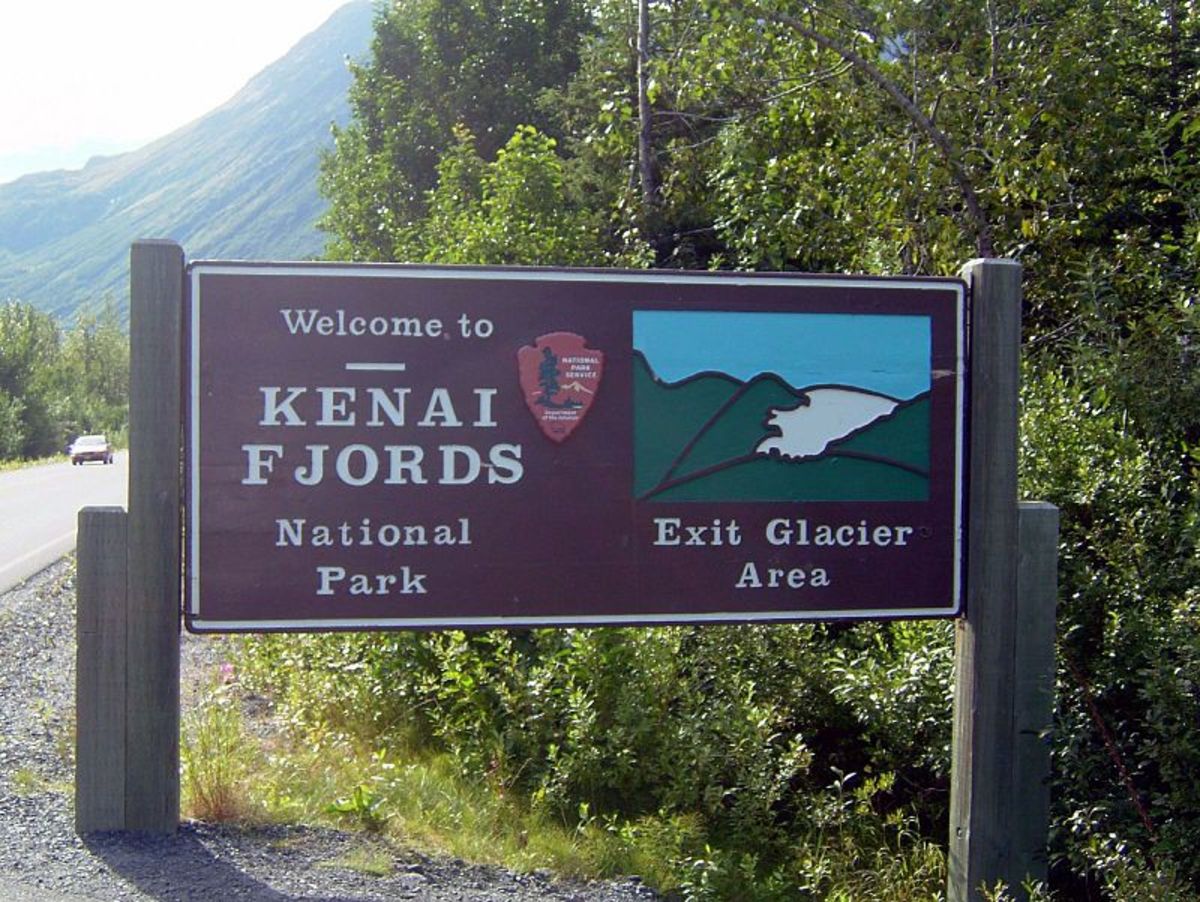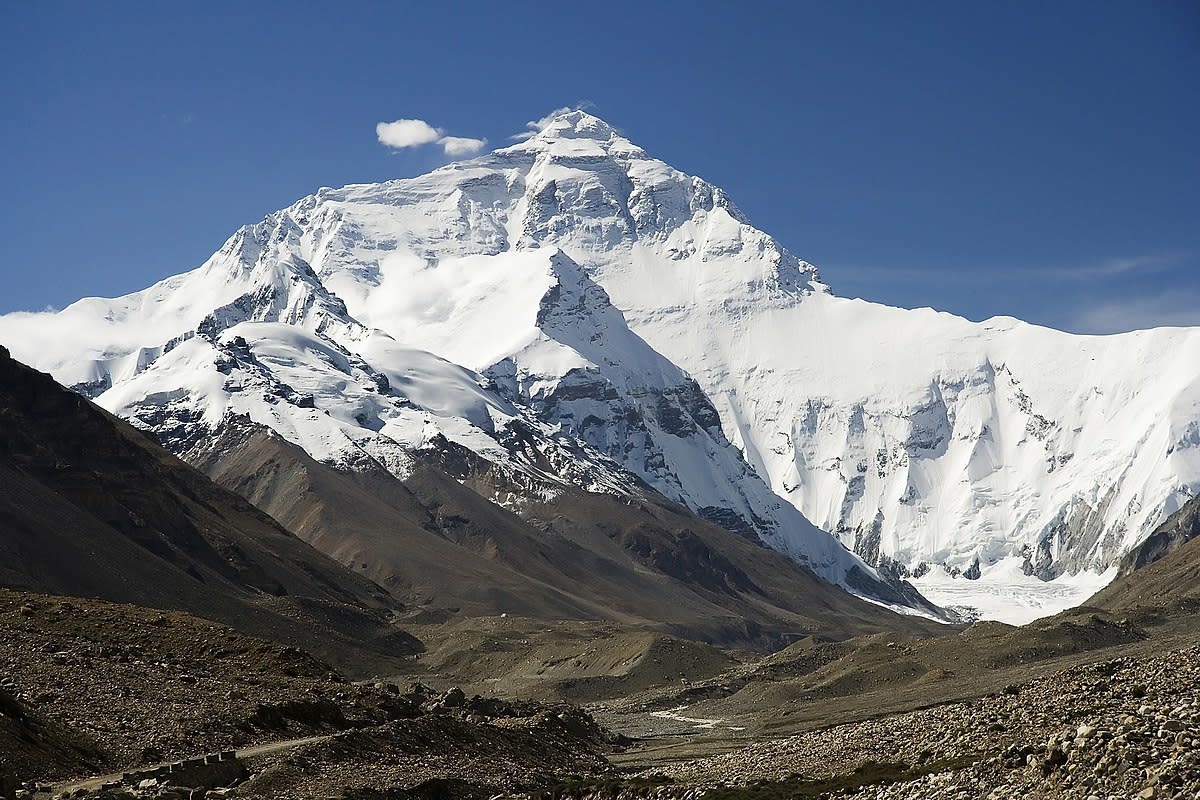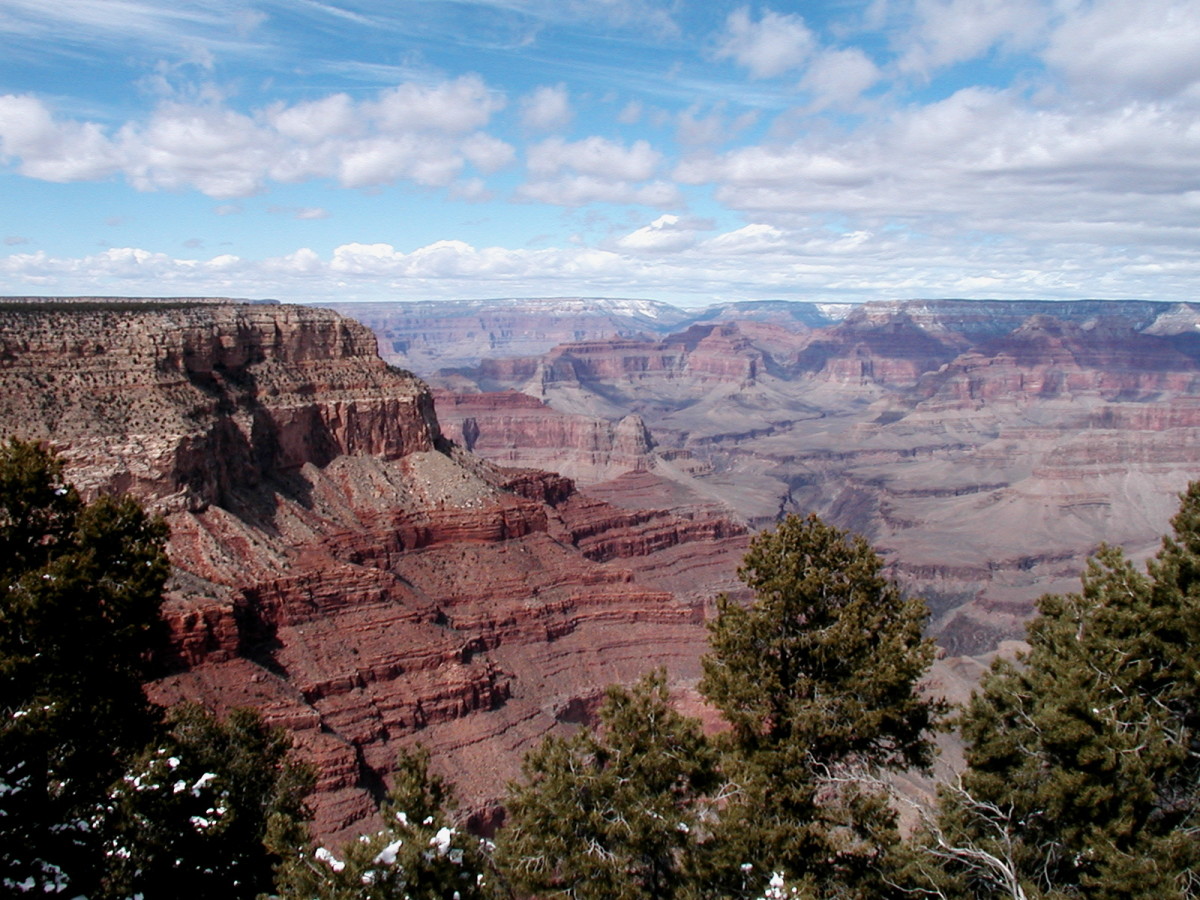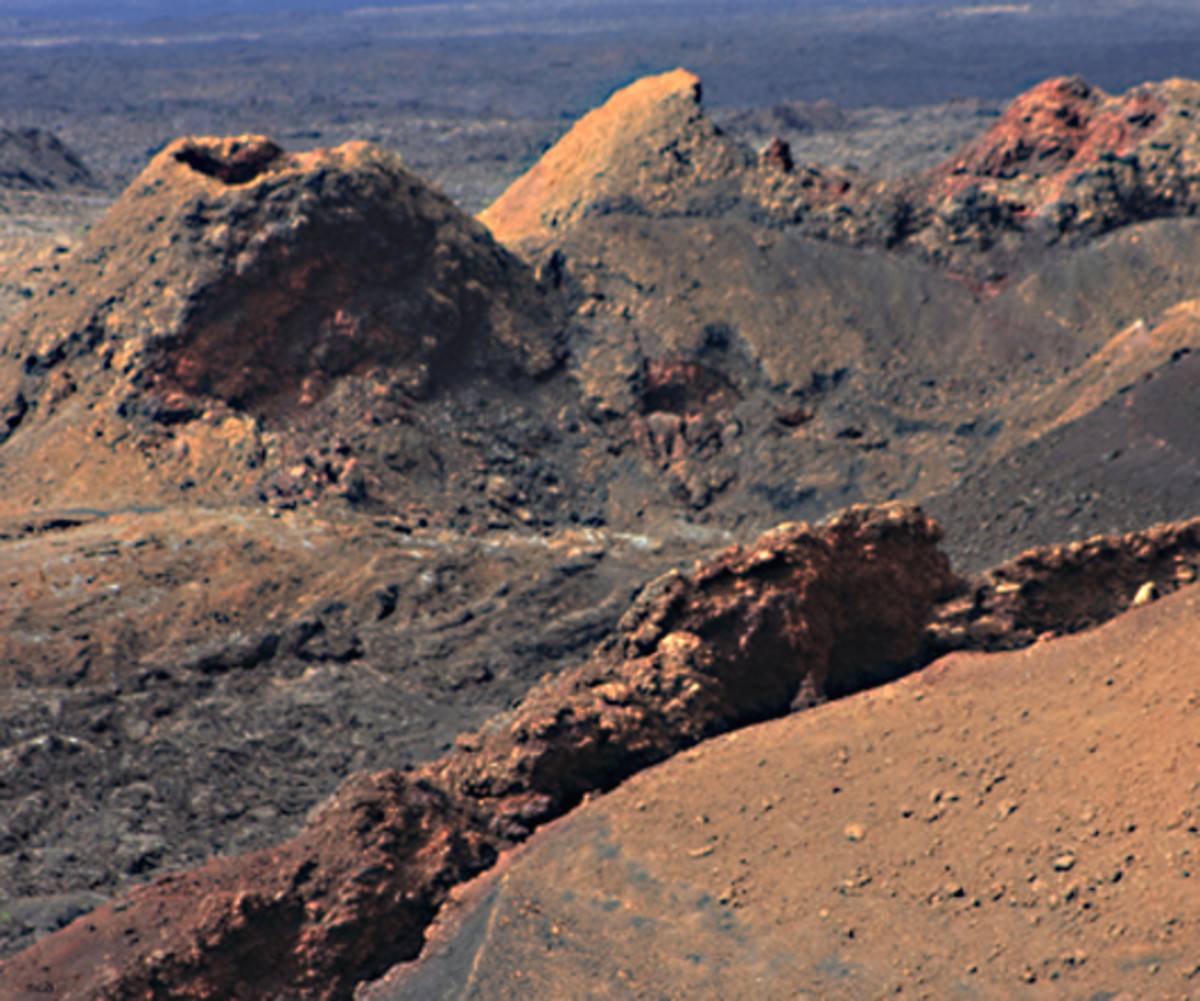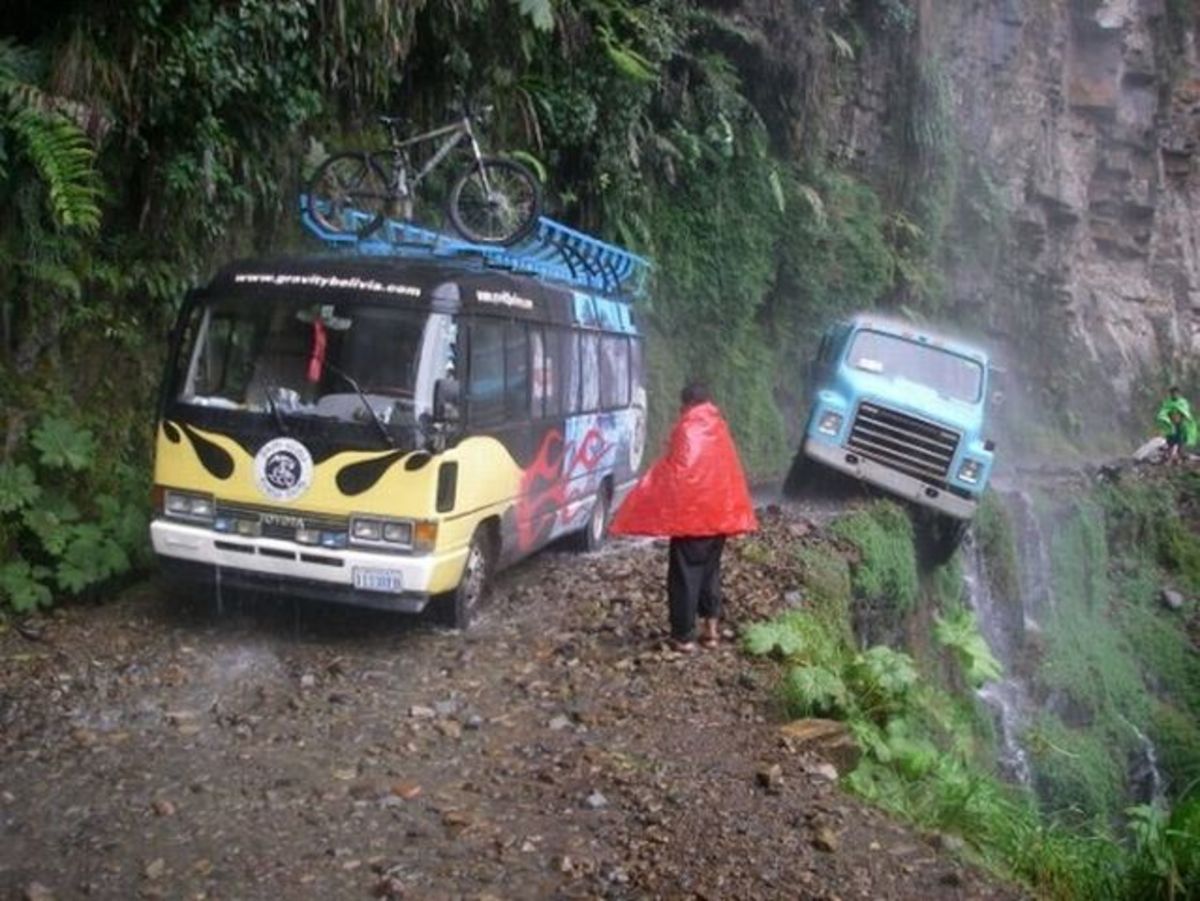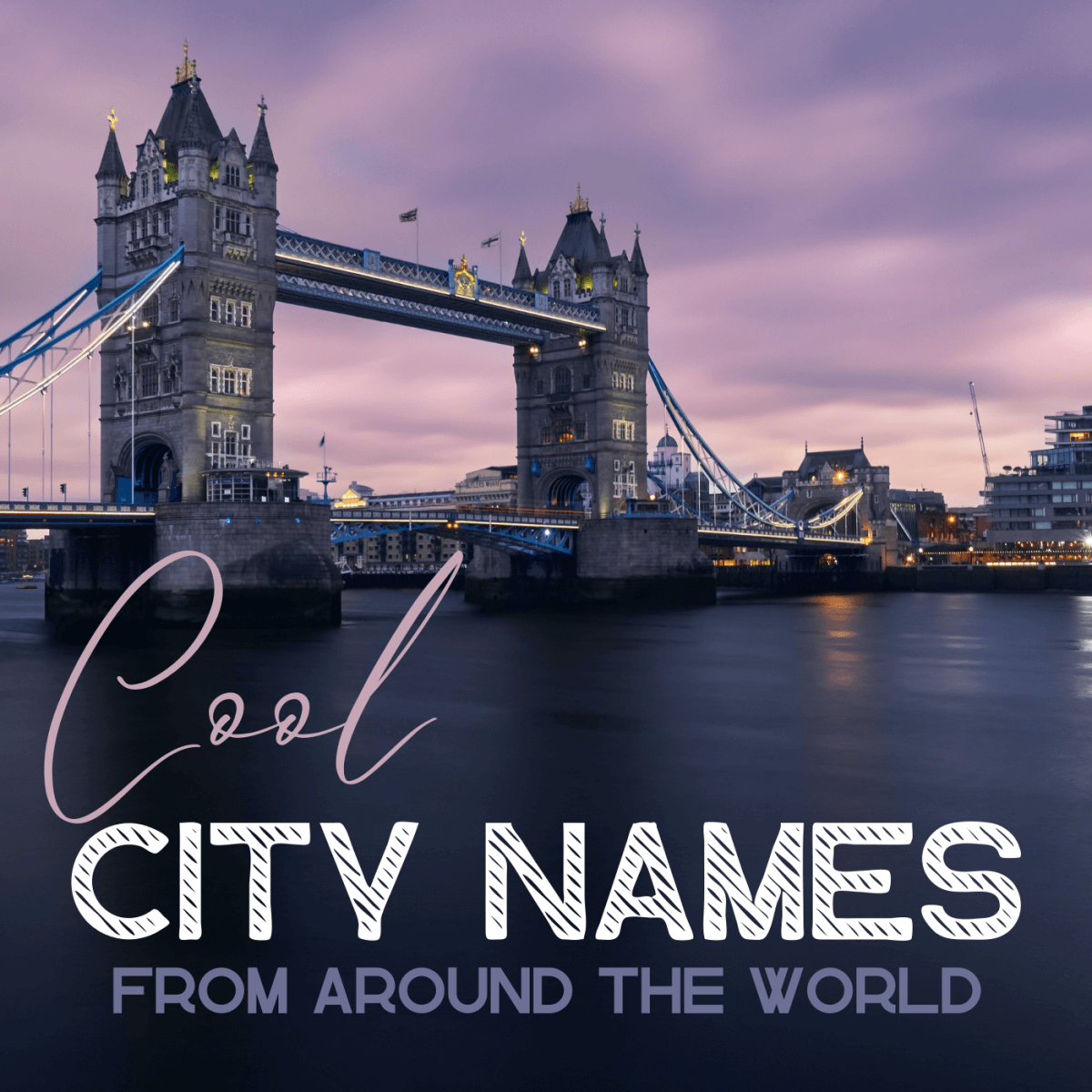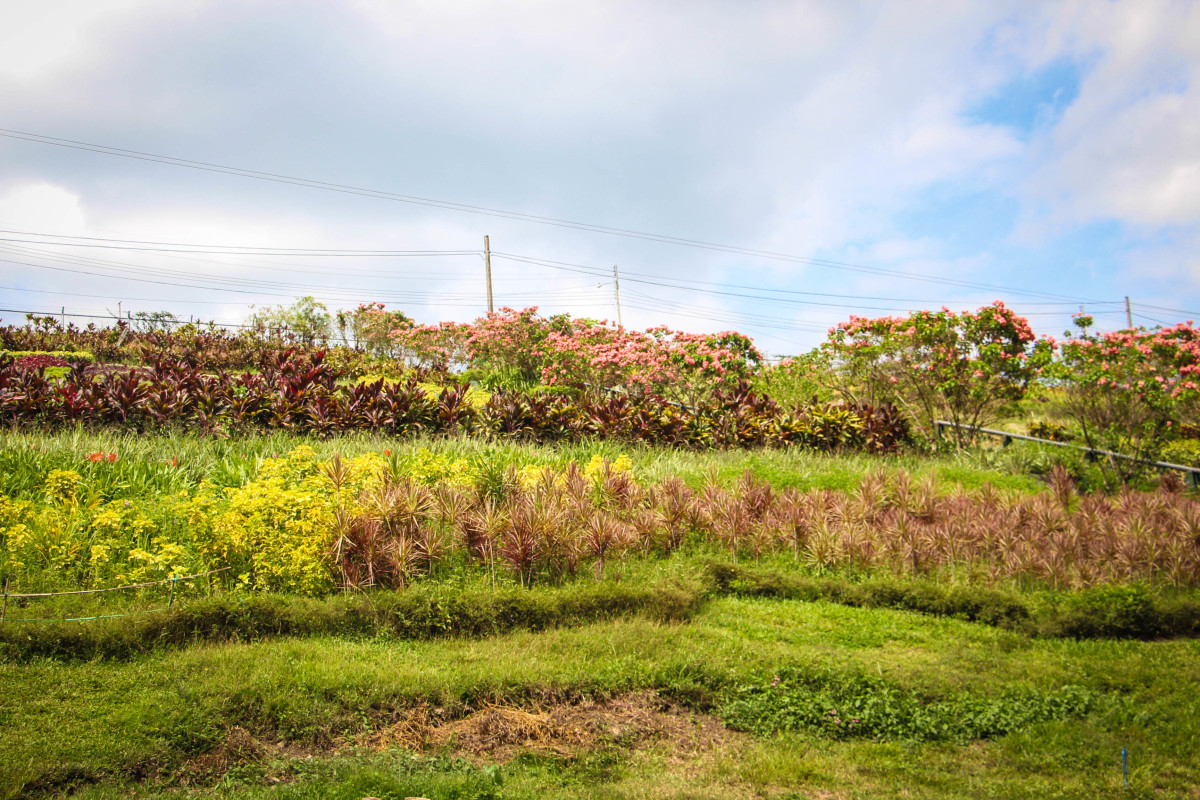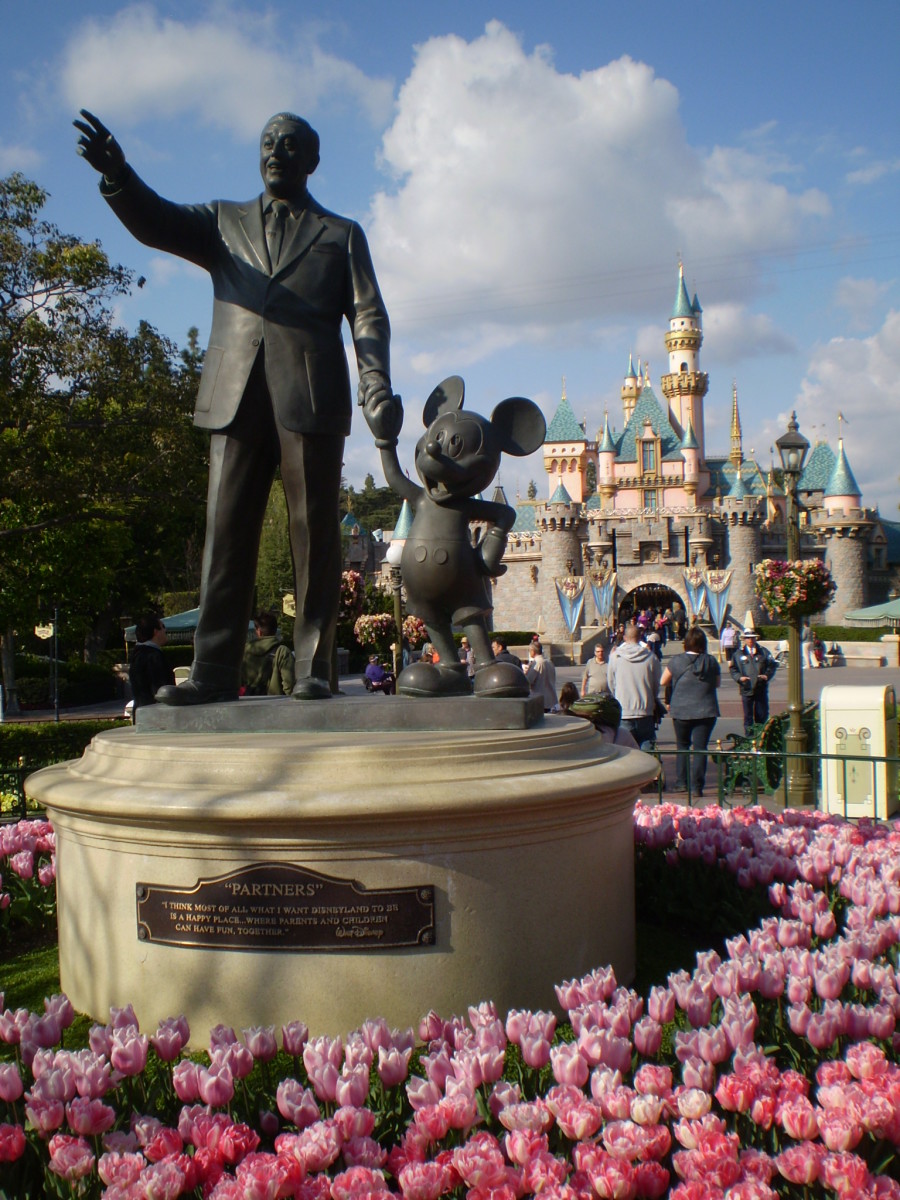10 Amazingly Magnificent Glaciers in the World
World Famous Magnificent Glaciers
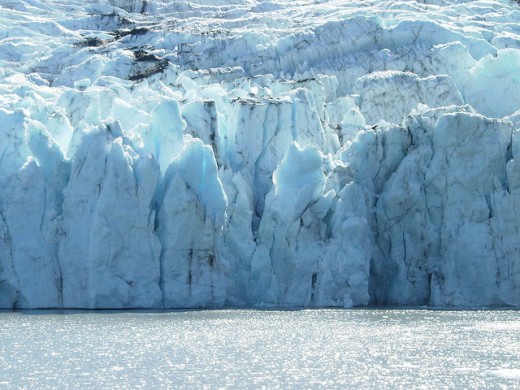
God is a great creator and glaciers seem to be one of its finest creations. Those who are adventurous have experienced some of these majestic formations and carried with them the breathtaking lifelong experiences.
Remnants of the last ice age, amazing glaciers are formed by compression of fallen snow into large ice masses over many years or even centuries. At present 10% of the land areas on earth are occupied by the glaciers which amounts to storing 75% of the freshwater in this world. One can vouch the potential, melting of all the glaciers can result in rise in the sea level by 70 meters or 230 ft. No wonder humans have studied the glaciers with awe and curiosity.
This Hub presents 10 magnificent glaciers formed in different parts of the world.
#1. Jostedalsbreen or Jostedal Glacier, Norway
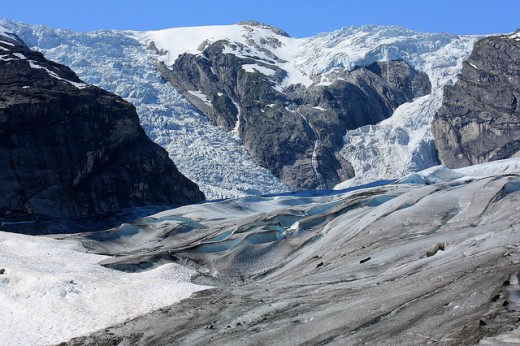
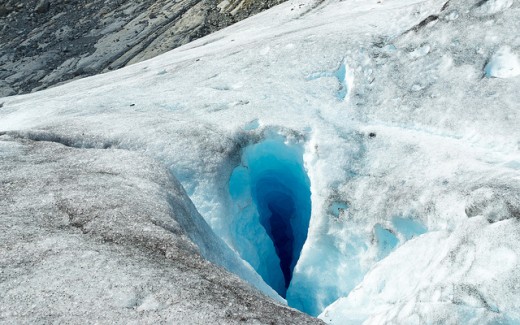
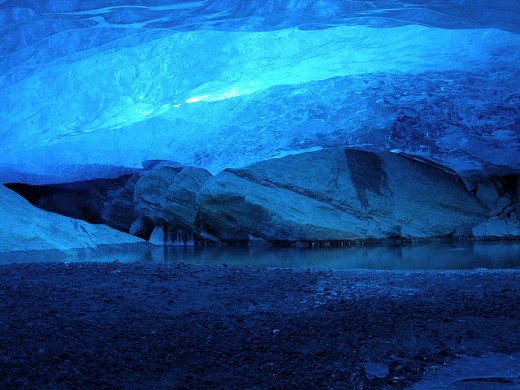
Location: Part of Jostedalsbreen Park in the Sogn og Fjordane county in Western Norway. It has about fabulous 50 glacier arms
Length/Area: 60 kms or 37 miles. Spread over 487 square kms with maximum thickness 600 metres or 2000 ft.
Naming History: It seems to be linked with the old municipality Jostedal and Jostedalen Valley.
Description: This is the largest glacier of the Europe continent. Large part of this glacier is a plateau and there are many outcroppings. Some of the arms of this glacier like Briksdalsbreen, Bøyabreen and Nigardsbreen are most frequently visited by tourists. Skiing the length of the glacier has attracted many. Norwegian Glacier Museum at Fjærland provides the information about glaciers.
Briksdalsbreen arm of the glacier has lost ice over past few years.
#2. Portage Glacier, Alaska
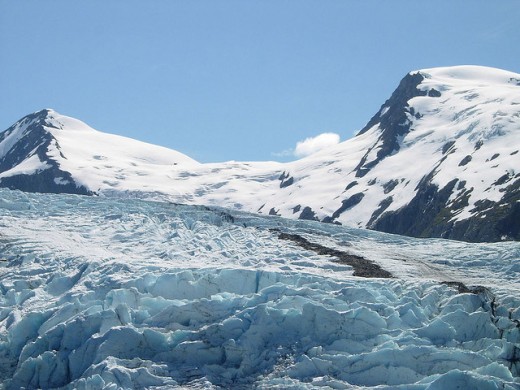
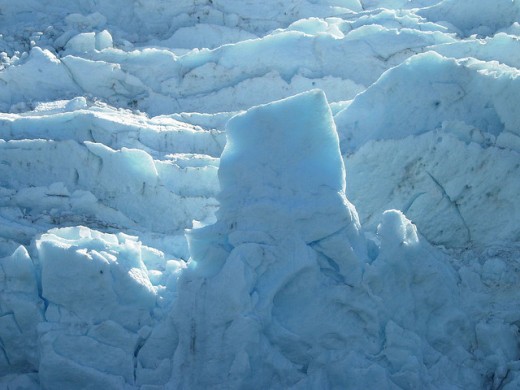
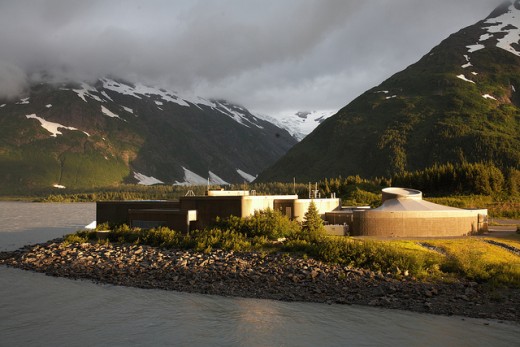
Location: Kenai Peninsula of Alaska, the USA. 6 kms towards west of Whittier and in the south of Portage Lake.
Length/Area: 6 miles or 9.6 kms.
Naming History: In 1898 by Thomas Corwin Mendenhall of the US Coast and Geodetic Survey, as this was a portage route between Prince William Sound and Turnagain Arm.
Description: It is a retreating glacier. The Portage Valley was entirely filled with glacier but now there are five different glaciers here due to melting. It is still attracting tourists because of the fabulous scenic views around. Portage Lake continues to attract tourists due to the Begich-Boggs Visitor Centre there which provides useful information about glaciers. Though glaciers can no longer be viewed from this point now but the observation decks provide the distant views. Cruise can provide an opportunity to watch ice breaking off.
#3. Perito Moreno Glacier, Argentina
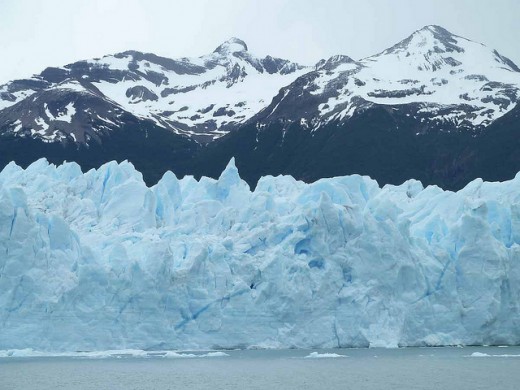
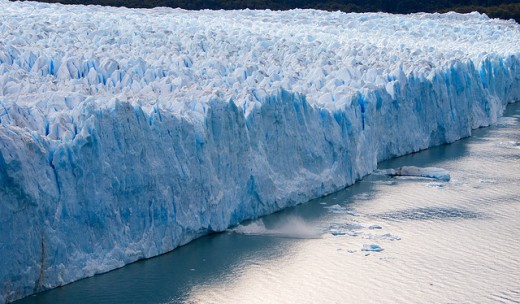
Location: Los Glaciares National Park at Santa Cruz province in south-west, Argentina. It is 48 miles or 78 kms away from EI Calafate town.
Length/Area: 30 kms or 19 miles. Spread over 250 square kms of area.
Naming History: Named after Francisco Moreno, an explorer who studied the area in the 19th century.
Description: This glacier is growing but it ruptures periodically, every 4 to 5 years on an average. The last ruptures occurred in 2012 and 2013. As the pressure builds, the glacier gets pushed to the southern part of Lake Argentina, which dams the water and the water goes high up to 30 meters above the level of lake. Sudden ruptures send huge quantity of water in the lake. It is one of the world’s largest reserve of fresh water.
Tourists go to enjoy trekking on the ice from EI Calafate by bus. Many prefer walking or some avail breathtaking helicopter flights.
Watch the spectacular event of Calving
#4. Hubbard Glacier, North America
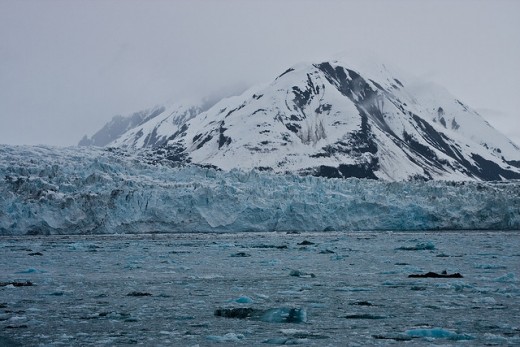
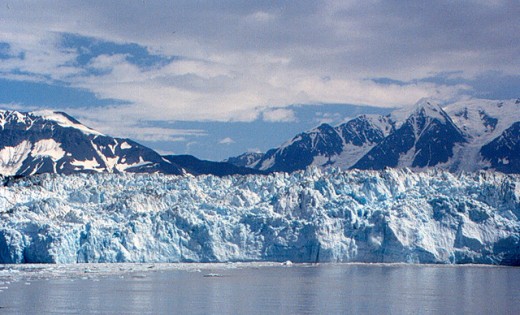
Location: Located in two countries. Originates in Yukon Territory, Canada at Mount Logan and extends into the eastern part of the US Alaska.
Length/Area: 122 kms or 76 miles and 7 miles wide.
Naming History: Named in 1890 for the first President of National Geographic Society, Gardiner Hubbard.
Description: It is known to be the largest tidewater glacier on the North American continent. It is an advancing glacier and known as a stunning beauty. Many tourist get a chance to watch it calving and remember the cracking noise of breaking off the ice. The advance is fast enough to block Russell Fjord and dam it up as a large lake.
#5. Pasterze Glacier, Austria
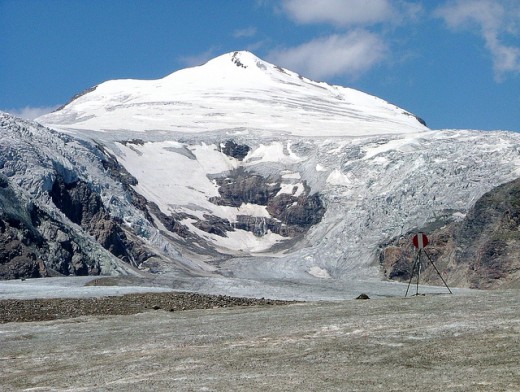
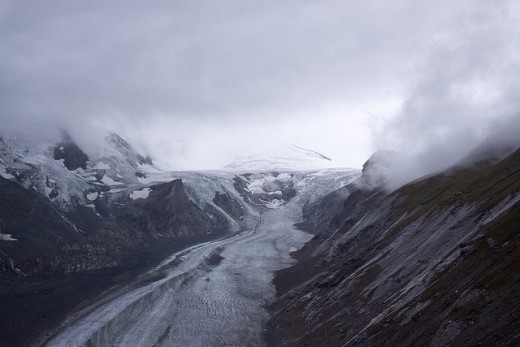
Location: Located in the Hohe Tauern mountain range in Carinthia. It is on the north-east side of Grossglockner mountain which is the highest and the most picturesque mountain in Austria.
Length/Area: 8.4 kms or 5.2 miles long. Its width is nearly 5 kms.
Naming History: The name has a basis in the original Slovenian toponym for this area - Pastirica
Description: This is the longest glacier in Austria but is receding since 1856. It is now attributed to long-term climate changes and lower winter snowfall in this area. A monorail was built in 1960s to carry tourists to the lip of the glacier. Unfortunately it receded further and now the tourists have to walk for about 20 minutes to reach the glacier. There are two lakes below the glacier.
#6. Fox Glacier, New Zealand
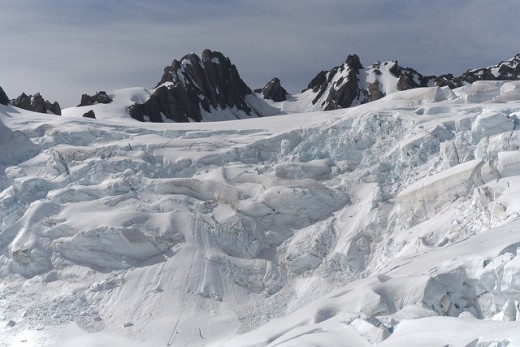
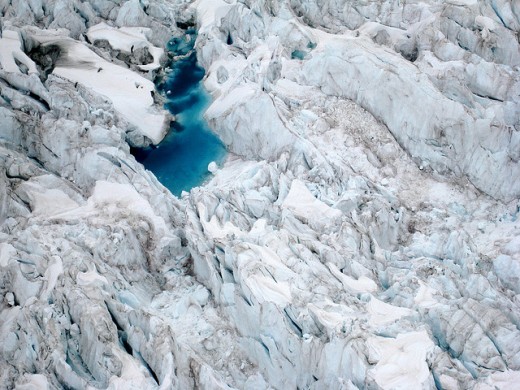
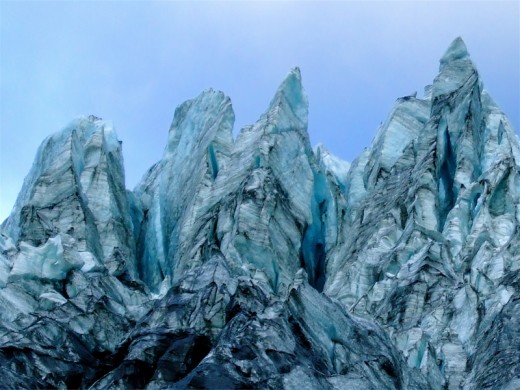
Location: Westland Tai Poutini National Park, West Coast of South Island, New Zealand.
Length/Area: 13 kms or 8.1 miles, ending in lush green rain forest about 300 meters above sea level.
Naming History: Named in 1872 after the visit of Sir William Fox, the then Prime Minister of New Zealand
Description: It is one of the most accessible glaciers. Surprisingly, in spite of having a history of retreat during most part of last century, it has become an advancing glacier since 1985. It continued to be advancing at a phenomenal rate, ten times as fast as any other advancing glacier in the world. It is believed to be due to a unique combination of climate and its shape. It is contained in a funnel shaped valley. It is fed by a large ice field at the head of the glacier. Increasing snowfall each year makes it an advancing glacier. Tourists are overwhelmed by the sunset over Tasman Sea.
#7. Franz Josef Glacier – New Zealand
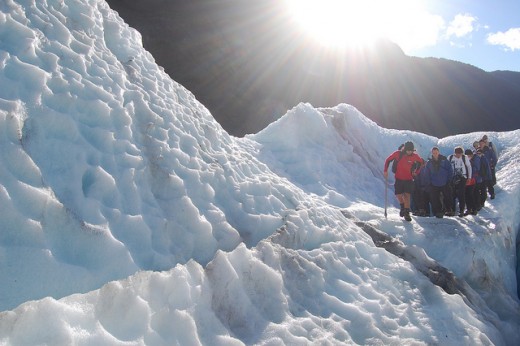
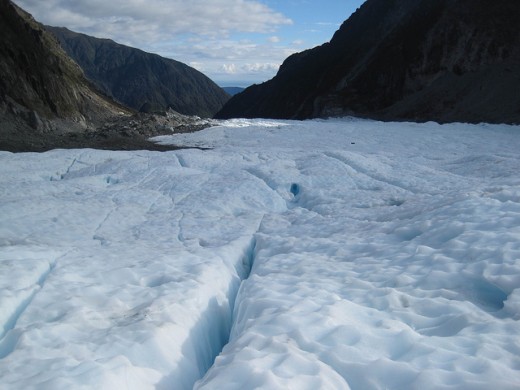
Location: Westland Tai Poutini National Park, West Coast of South Island, New Zealand. It is just 5 kms away from Franz Josef Township.
Length/Area: At present it is 12 kms in length and terminates short of 19 kms of the Tasman Sea
Naming History: Named after Emperor Franz Josef I of Austria in 1865. It was named by Julius von Haast, a German Explorer.
Description: Like Fox Glacier, Franz Josef Glacier is quite accessible as it also terminates in the temperate rain forest about 250 meters above sea level. The glacier has exhibited cyclic pattern of advance and retreat. In early 80's it advanced at very atypical rate but since 2008 it has started retreating rapidly because of global warming. A Church built in 1931 shows a panoramic window view of the Glacier which disappeared in 1954 but surprisingly reappeared in 1997.
#8. Mehdenhall Glacier, Alaska
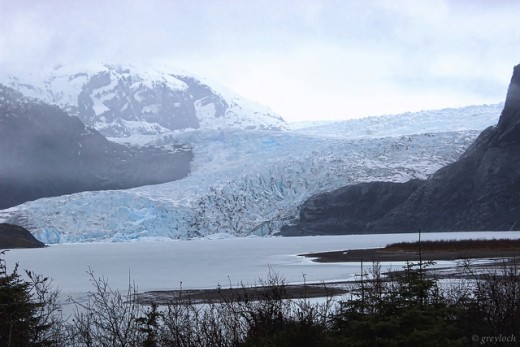
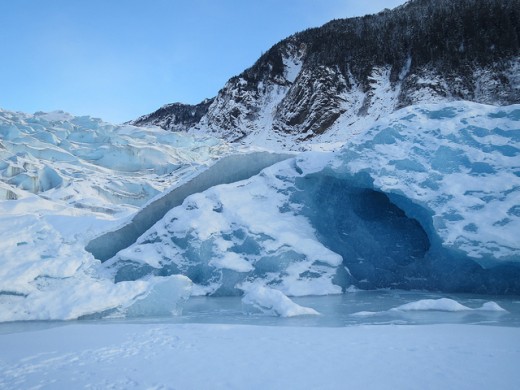
Location: Mendenhall Valley, south-east area of Alaska, USA. 19 kms or 12 miles from the nearby Juneau town.
Length/Area: 19 kms or 12 miles in length and one to one and a half miles in width. Ice depth 400 to 800 feet.
Naming History: Original Name - Sitaantaagu (Glacier behind the Town). In 1888 it was named as Auke Glacier by John Muir, a naturalist. It was renamed as Mendenhall Glacier for Thomas Corwin who served Alaska Boundary Commission.
Description: Mendenhall Glacier is the most famous of 38 glaciers originating form Juneau ice field and is a retreating glacier. As a result Mendenhall Lake was formed in 1931 and it continues to grow. The retreat also provides a source of studying pre-glacier time ecosystem as many tree stumps and logs with roots are available now. Tourists enjoy the stunning views of calving glaciers in the Lake from Mendenhall Glacier Visitor Centre, which is a part of the famousTongass National Forest.
#9. Vatnajokull Glacier, Iceland
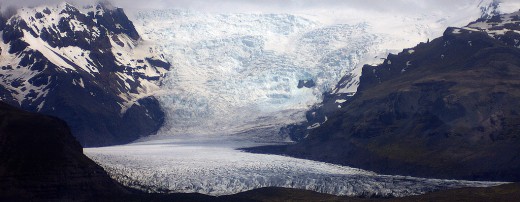
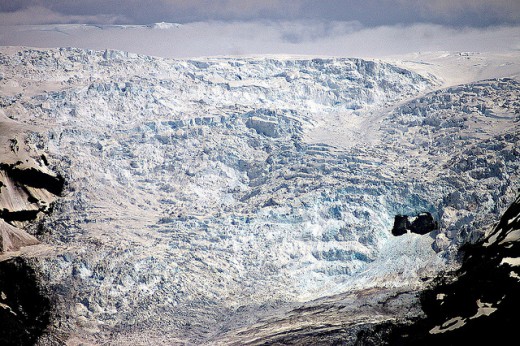
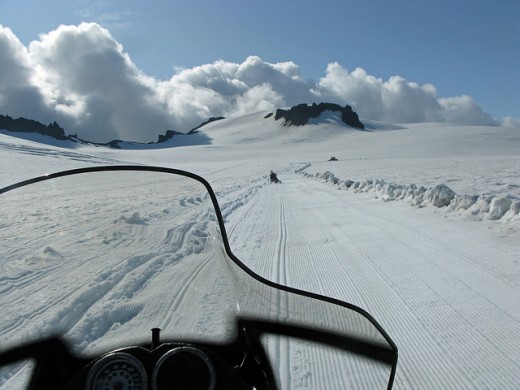
Location: Located in the south-east of Iceland. Since 2008 it is a part of the Vatnajokull National Park, which covers 13% of Iceland and is the largest such park in Europe..
Length/Area: Covers 8100 square kms. Average thickness over 400 meters. Thickest point about 1000 meters.
Naming History: Vatnajokull means 'Glacier of Rivers'. It is named after subglacial lakes. It has been volcanically active region in its centre.
Description: It is the largest and also the most voluminous glacier in Iceland. There are seven volcanoes underneath the glacier mass, which are mostly active. Bardarbunga and Grimsvoten volcanic centes have huge sub-glacial caldera depressions. There are volcanic eruptions from time to time.
Tourist prefer a glacier walk for fun or even glacier rides and enjoy awesome scenery.
#10. Athabasca Glacier, Canada
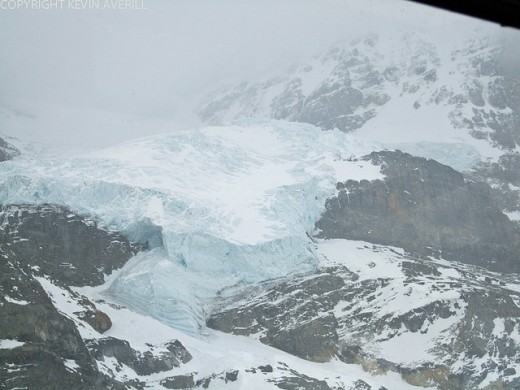
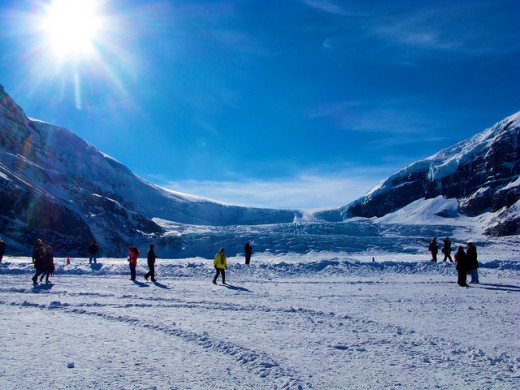
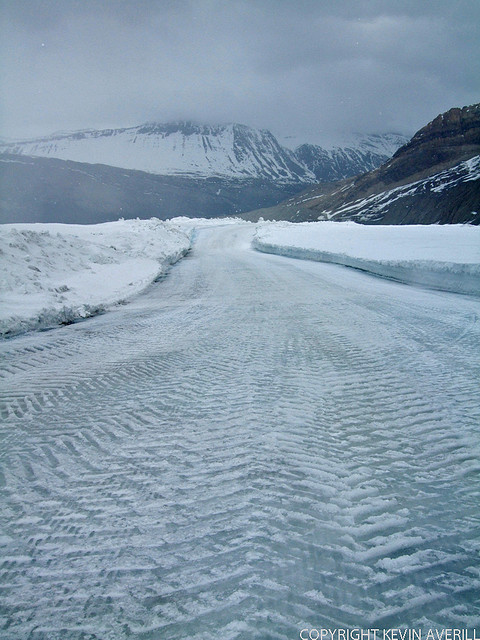
Location: Japser National Park, Canadian Rockies. Athabasca Glacier is one of the six toes in the Columbia Ice field.
Length/Area: Nearly 6 kms or 3.7 miles long and one km wide, covers about 6 square kms area. Its thickness varies from 90 to 300 meters.
Naming History: Discovered and named in 1898
Description: It is a fast receding glacier and the most visited glacier in North America. During the past over 115 years it has shrunk to half of its volume and also retreated more than 1.5 kms. Perhaps, it is attributed to global warming.
Ice Explorers, specially designed six-wheel drive vehicles for glacier travel, are availed by the tourists to have a delightful experience of the ice age.

